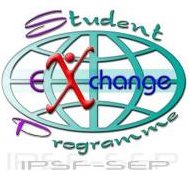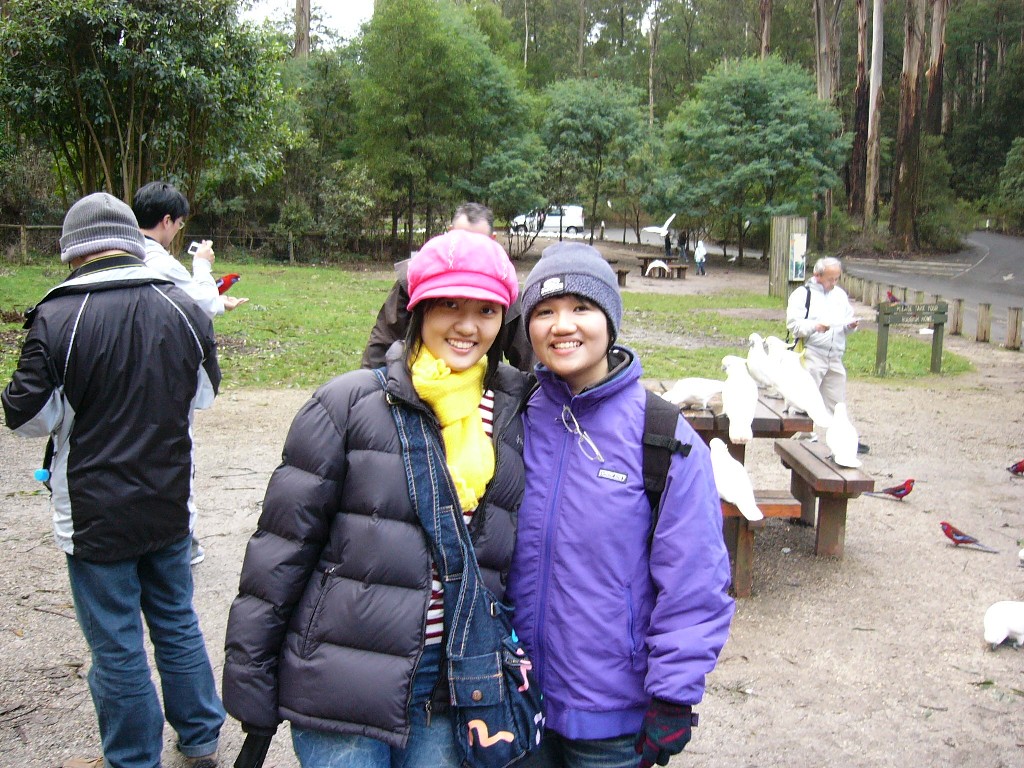The last bit about work! In our second week of attachment, Eli (the nice pharmacist who kindly arranged our appointments and guided us in our tasks) presented our with a current case and asked us how we will solve the problem. A four week old patient has tachycardia and need propafenone HCl for his condition. It comes as a intravenous solution in a 20ml vial, but his parents wish to bring him home so the drug is needed in an oral dosage form.
This is the drug, brand name Rytmonorm
There is one big problem - the solution is painfully bitter, one of the most bitter drug solution that exist, and there is no way the infant can consume it without spitting it out. So our task is to mask the taste and document our findings. And taste it to make sure it's palatable and suitable for an infant's consumption.
So we were given droppers and small cups for mixing and tasting
We tried syrup, salt, jam, peanut butter, milk and peace juice. Salt gave a precipitation, the rest results in inadequate taste masking. Then we tried the artificial sweetener found in the tea room and Prof Uges' office - Natrena. It is in tablet dispensed from a dispenser, and contains aspartame, saccharin, cyclamate, acesulfame-K and neohesperidine.

Natrena dispenser
However, only aspartame is proven to be safe for infants and approved by FDA. So we had to call the manufacturer and ask for the percentage of each component in the product. Eli always have to answer the call for us first because they always speak Dutch unless they are told that we are Singaporean or Asian =)
And we found out that only Natrena crystal powder contains only aspartame. So we went to a supermarket near the hospital and bought a bottle to begin our experiment...
.JPG)
Mxing Natrena crystal powder with propafenone HCl solution
Each dose is 5.14ml, and we used the maximum safe dose of 40mg/kg/day of aspartame, which equal to 1000mg of Natrena crystal powder per dose (4 doses daily). It was mixing a large volume of artificial sweetener with a low volume of solution!
The bitter taste was still present, and we have got pharmacists and staff at the lab to try the taste and give us comments. Still, it was the best result we can get, bitter still, but possible to consume. We compiled the evidence from FDA and the Natrena website, did the calculations, and sent the document with the formula to the relevant staff.
The next week, we saw the big Natrena bottle in the production department, and the formula was actually followed and doses for 2 weeks were made for the infant. We were very very glad that the formula helped the infant, and that he is now able to go home and take the medication orally after the taste masking.
We are very grateful to be given real current cases to work on, and that all the staff take our comments and plans seriously when they are supported by research and data from references. It wasn't just a practice, where mistakes were corrected by the tutor. We are very glad to be given the responsiblilty and trust in handling cases and solving problems, and our proposals implemented. UMCG is a truly academic learning hospital, the real current cases gave us very much inspirations, and we felt the trust and encouragement from the seniors and professionals.
Thank you for respecting our comments and work and taking them seriously, despite us being students and not yet licensed professionals. We will truly remember this learning journey of ours, and hope to guide our juniors in similar ways in the future.
Thank you Prof Uges, Eli, Bao mu, Prof Freylink, Hans, and everyone at the lab, production and distribution department who has helped us in one way or another. Please let us know if you are visiting Singapore or other parts of Asia by emailing us or dropping a comment in the blog! We'll be more than happy to show you around, like how all of you have been very nice to us in Groningen.
Thank you once again, for this wonderful learning journey and exchange programme of ours. We look forward to seeing you again in the near future =)

.JPG)

.JPG)
.JPG)
.JPG) These portable scanners are brought to wards for pharmacy assistants to record what is required to be supplied to the wards. The scanners are then brought to the distribution department to verify quantity of drugs needed, and indicates where they can be obtained.
These portable scanners are brought to wards for pharmacy assistants to record what is required to be supplied to the wards. The scanners are then brought to the distribution department to verify quantity of drugs needed, and indicates where they can be obtained..JPG)
.JPG) This is where less frequently used drugs are stored.
This is where less frequently used drugs are stored. .JPG)
.JPG)
.JPG)
.JPG)
.JPG)

